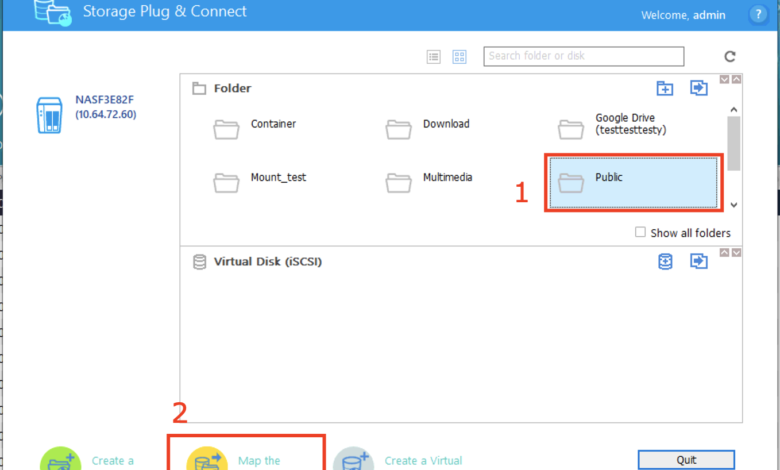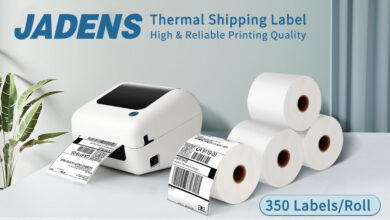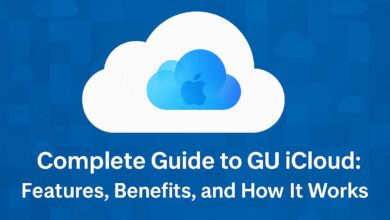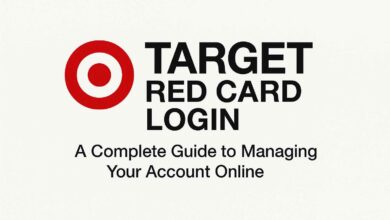The Advantages of Mapping a Network Drive

Mapping a network drive makes it easy for users to access files and folders on the network. The process is streamlined by using Group Policy and logon scripts.
Mapping a network drive is a powerful tool that can save administrators and users time. It eliminates the need to type UNC paths in Windows Explorer or software application dialog boxes.
Access to Files and Folders
Once a network drive has been mapped, files stored within it are instantly accessible to users as if the data were being accessed locally. This is regardless of where the file is being saved, which can be a local external hard drive, a QNAP NAS, a computer on the network, or a server.
Mapping a network drive is fairly straightforward and requires just a few simple steps. First, users must open File Explorer (if using Windows 8.1 or earlier) or Windows Explorer (if using Windows 7). Next, users must click the “Computer” tab and select the “Map network drive” option. Once the drive is mapped, it will appear in the list of industries shown in the left pane of either of these Windows programs.
Users must enter their credentials to access the mapped network drive for security purposes. Those credentials must match those of the administrator who set up the mapping or the server administrator on which the industry is being saved.
Users will also be prompted to choose a letter for the drive and whether or not to use a VPN if connecting from off-campus. They will also need to select a path to the shared or cloud storage folder to which the drive should be mapped.
Convenience
Using mapped network drives allows users to work on shared files and folders as though they were local. They can use the techniques and processes they are familiar with from working with locally-mounted disk drives.
Mapped drive access can be quicker than typing a UNC address into a file manager or searching for and browsing to share on the network. Additionally, since the mapped drive does not require an internet connection, it will continue to work even if the network is down or disconnected.
Mapping a network drive is quick and easy to set up. Many organizations still rely on logon scripts to map network drives, but this approach requires scripting knowledge and may cause performance issues on some networks. Microsoft’s group policy provides a much simpler mapping method, and IT teams can easily implement it.
For casual computer users who need help understanding the more technical Universal Naming Convention (UNC) platform for accessing remote drives, it can be very beneficial for a network administrator to prepare a system of mapped movements for his user base. It allows them to access shared folders with no new information to impart to those who can utilize these mapped drives as if they were local. It also helps to avoid the confusion and frustration associated with drive letter changes when a user moves from one computer system to another.
Security
Network drives are a useful way to share files and folders among employees on a company network. Whether to make changes to a document in the office or to work from home, a mapped network drive provides convenient access to shared files from any location. While this makes collaborating easier, it can also introduce additional security risks.
Mapped network drives create shortcuts on a computer that appear to be local hard drives. The shortcuts allow users to access files and folders stored on different computers in the same way that they access other local files or program locations. The logical areas of a mapped drive may be represented with a string such as the server name shared folder, where the server name is the name of a computer in the corporate network, and the shared folder is located on that machine.
Administrators can use Group Policy to encrypt the connection to the mapped folder to make the mapping process secure. Additionally, using item-level targeting, administrators can specify that the mapped folder is only available from specific network addresses. Administrators can use this method to map a folder for each employee’s username or the entire department. For example, a common location for departmental data is the Multi-Media Department data folder, which can be accessed by typing %username% into the address bar of any Windows PC.
Ease of Management
Mapping a network drive allows users to access files, folders, or an entire storage drive as if they were a local file or drive. This is accomplished by assigning a drive letter, which follows standard naming conventions, to the network drive or a share of a dream. The industry appears in the File Explorer or Windows Explorer section of each computer on your network so that other computers and devices connected to the same network can also see it and use its contents.
This is a very useful tool for those who want easy access to files stored in one computer but need to be used by multiple other people or by different types of hardware like tablets, laptops, and desktops. It’s also useful for those with small drives on their desktop or tablet computers who need to store files on a larger hard drive connected to the same network.
A mapped network drive will allow you to access the files stored on your home or business server or a cloud storage service such as OneDrive easily. Mapping a network drive is a simple process that can be performed on a user’s computer with the right tools and knowledge. Administrators who make it a point to teach their users about mapping drives or use the built-in functions of Windows to map drives for them spend less time on help desk calls.



